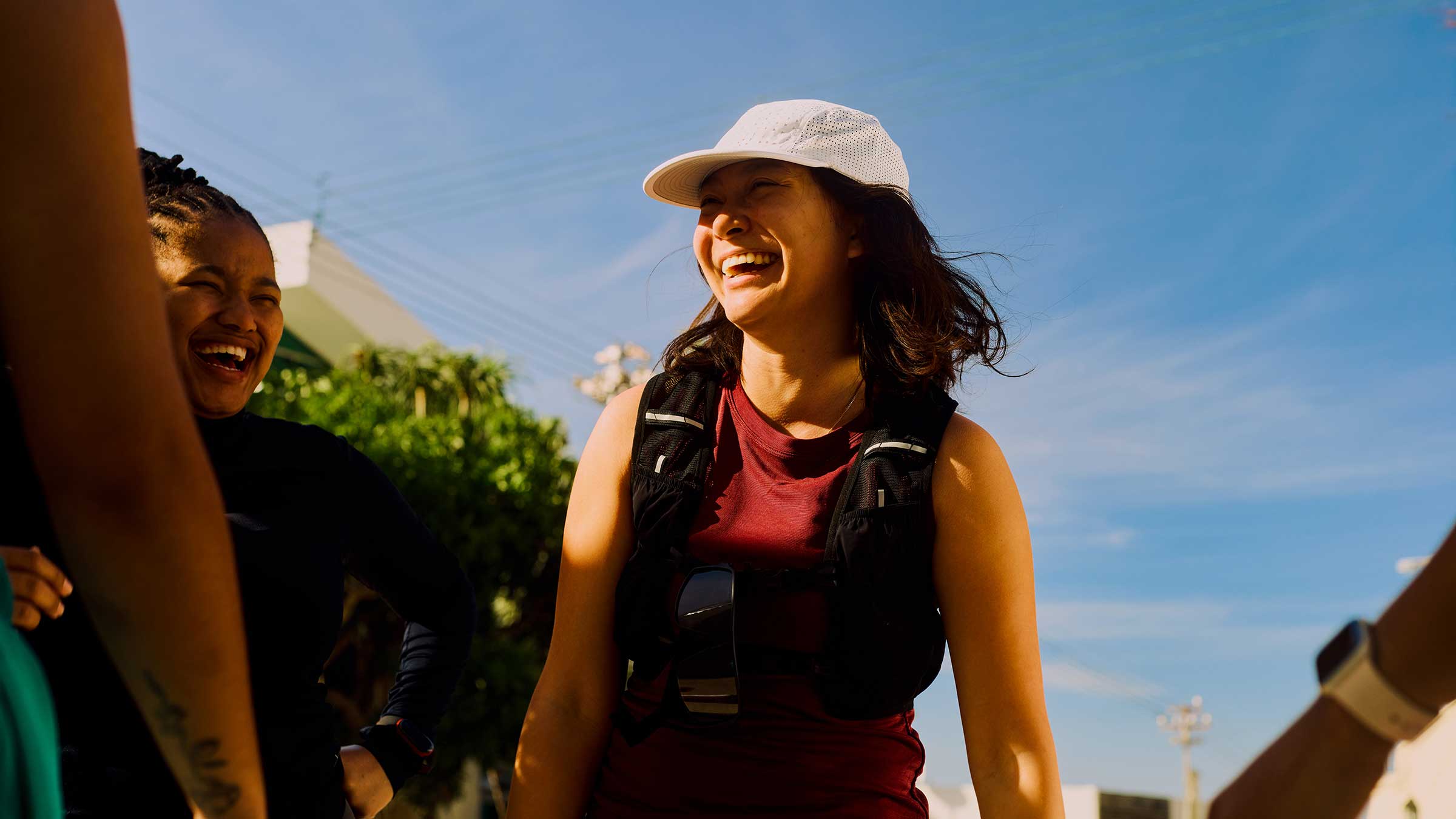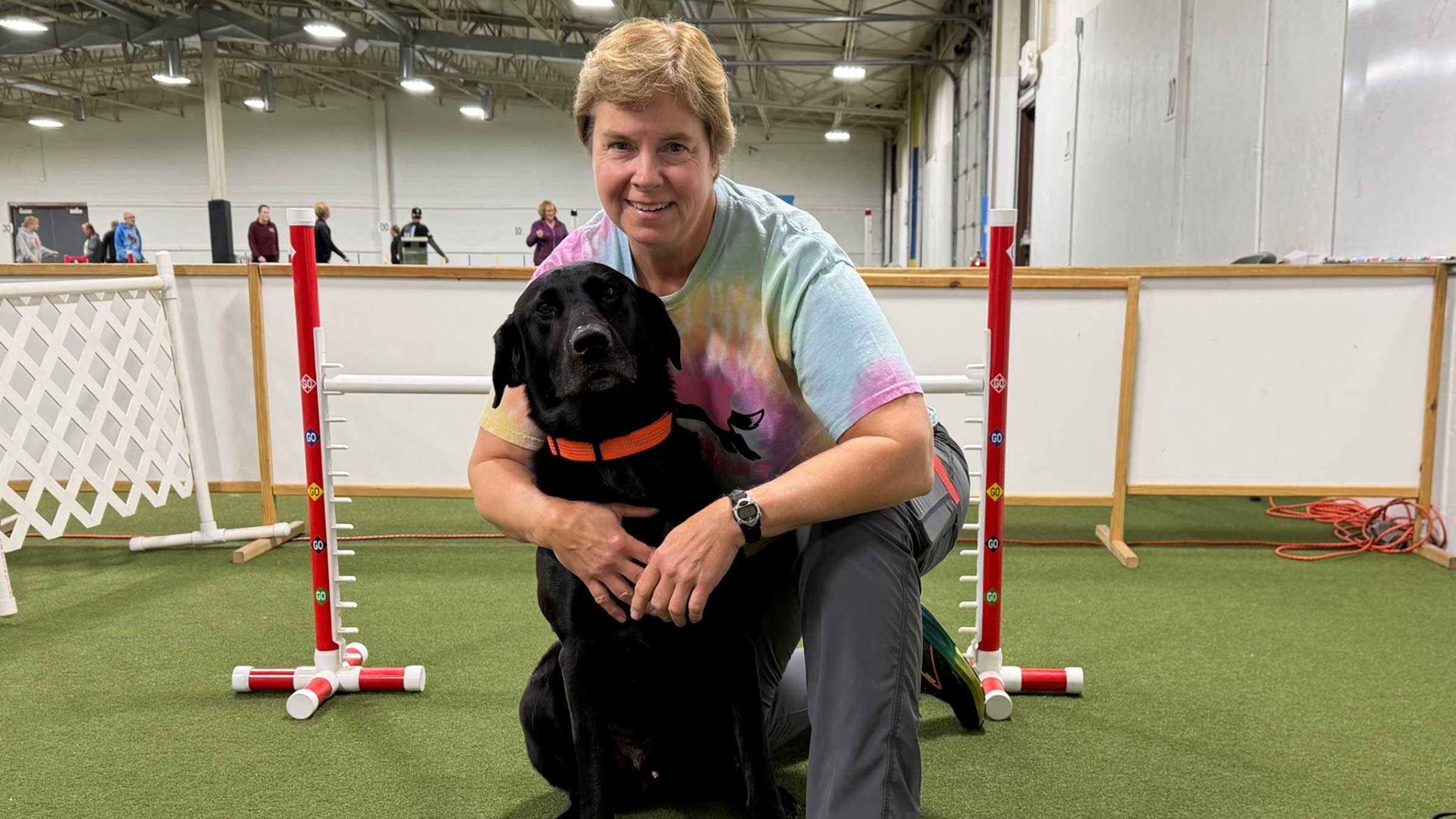Why are weighted vests good for you?
Around the neighborhood or at the gym, you might be seeing more and more people wearing weighted vests while they walk.
Rucking began in the military with soldiers hiking, carrying heavy loads over long distances. It didn’t become a fitness trend until recently.
A backpack with weights or a vest with weight already built into it can make a workout tougher. And the added load will be beneficial for:
- Bone density: Just walking without a weighted vest isn’t enough to stimulate bone growth, but walking with a weighted vest is because the additional stress on your bones helps strengthen them.
- Heart health: Wearing a weighted vest makes your heart and lungs work harder due to the added workload on your body.
- Building muscle: Your muscles will get stronger because they have to work more with the extra weight you’re carrying.
- Posture: A weighted vest will require you to use your core and shoulder muscles even more than when you’re walking around without a vest. That, in turn, may improve your ability to sit up and stand up straight.
- Weight loss: By adding to your workout, a weighted vest could help you shed some pounds.
If you want to challenge yourself even more, you can do squats, pushups or even household chores while wearing a weighted vest. I wear one when I mow the lawn with my push mower. Mowing the front and back yards is a little over two miles. The weighted vest allows me to burn an extra 350 to 400 calories. It’s a great way for me to get a chore done and work out.
Even if you’re not a fan of running or biking, wearing a weighted vest allows you to still build your cardiovascular strength.
How to start wearing a weighted vest
Start slowly. First try to resolve any problems with knee or back pain.
If you don’t walk much, you may want to start by walking without any weight and then gradually add it, a little at a time.
You don’t have to buy a weighted vest. You can save money and start by putting one or more soup cans or bottles of water into your backpack. A can of soup weighs about a pound. You can slowly add more cans or other items. That will give you a chance to try out carrying weights before you buy a vest with built in weights.
You may want to begin with five to 10 pounds. Get used to walking a mile with say, five pounds, then bump it up by a pound or so. You could add a little every week or you could spread it out a lot more and add small amounts over a greater period of time.
Getting the most out of your weighted vest
If you buy a weighted vest, get one with adjustable weights so that you can increase or decrease depending on how your routine is going.
The key is that you progress, but slowly. The last thing you want to do is add too much weight too soon and then something gets hurt. You pull a muscle or strain your back or something else.
Make sure you don’t buy a weighted vest, try it once and then not use it. Be consistent. It’s better to use a very small amount of weight and to keep going rather than a large amount and then quit.
Who shouldn’t use a weighted vest
If you have significant spinal issues, degeneration or disc problems, it’s probably best to get those resolved and to build your core strength and stability before walking with a weighted vest. I would recommend consulting with a qualified health care professional.
It’s important to make sure you build up core muscles to tolerate increasing weight, but be sure not to get too aggressive with the weight.

Ready to be at the top of your game?
Ohio State’s sports medicine experts are here to keep you in your game, maximize your performance and keep you healthy.
Learn more








